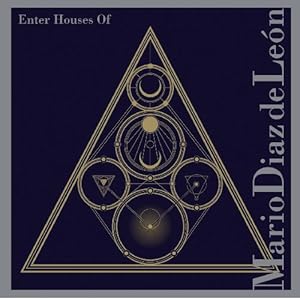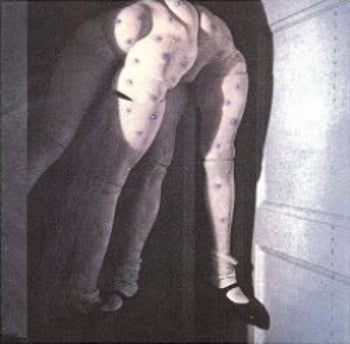 | Avant-Garde | Noise Rock | Avant-Metal |
| Avant-Garde | Noise Rock | Avant-Metal |
| Experimental Rock |In 2006, John Zorn issued two recordings that were the first two volumes in the realization of a project that, as he put it in his notes to the second volume, a methodology "combining the hypnotic intensity of ritual (composition) the spontaneity of magic (improvisation) in a modern musical format (rock)." Those two efforts, Moonchild and Astronome, used the same trio: vocalist Mike Patton, bassist Trevor Dunn, and drummer Joey Baron. Zorn supervised and produced both discs; he conducted them as well. In the third edition of this project -- which is dedicated as the others were to French poet and dramatist Antonin Artaud, magician and occult philosopher Aleister Crowley, and composer Edgard Varèse -- Zorn ups the musical ante: in addition to the aforementioned musicians, he includes himself on alto saxophone, Jamie Saft on organ, and Ikue Mori on electronics. As if this weren't exotic enough, Zorn also utilizes a chorus consisting of Abby Fischer, Kirsten Sollek and Martha Cluver. Clocking in at 44-and-a-half minutes, these six pieces are the boldest, most exotic, and perhaps most extreme in the entire envelope thus far.
The expansion of textures grants many new possibilities, but it also requires more order and discipline (of which Zorn has plenty). These pieces contain plenty of improvisation, particularly by Patton who is, in his own way, more extreme than Yamantaka Eye of the Boredoms, (the latter collaborated with Zorn in Naked City, Pain Killer, and other projects), but it is the structuring of these "litanies" that is most compelling. The dynamics from piece to piece shift and transform themselves into something other than sheer range and force; they move not merely from loud to soft and back, but through all the gray areas in between, without necessarily doing so in a discernible order. There is a logic at work here, one that may or may not be mathematical, but it is not merely chaos and rock & roll force either. This is music equal parts classical, heavy metal, hardcore thrash, free jazz, and structured improvisation simultaneously.
The mapping out of this remarkable work is no better served than in "Litany III," where the slow drift of Saft's organ, Patton's most extreme hyperactive inhuman noise-making, Dunn's burning metallic basslines that threaten your bass cones, and silence are all woven into whispered and chanted voices, electronic ambient sounds and noises, samples, and Zorn's skronking alto playing different roles in erecting what amounts to a burning pyre of music, an offering of sound that will not be bound by either convention or mere construction, but pushes by its very design at Zorn's own limits of compositions. These elements either coexist side by side in the mash-up, or are revealed as solos or as an entire ensemble. The order of determination is difficult to discern, and makes for a burning, wicked good time in listening. "Litany I V" is a completely solo vocal work in which Patton displays just how extreme he can be -- all with a pronounced rhythmic intensity and flair. Likewise, that rhythmic thing, as opposed to the space in "Litany III," is revealed to funky grand design on "Litany V," with Baron and Dunn playing point, counterpoint, and overdrive until Saft and the chorus emerge in the middle rather suddenly. Then all bets are off: the rhythmic orgy begins but with Zorn soloing over the top. Yet these are mere examples in a work that cannot either be defined in conventional ways, or taken apart from the work as a whole. In this way, Six Litanies for Heliogabalus is a crowning achievement in this series so far because it doesn't allow the ensemble to dictate the part of the individual within it, yet neither does it allow the individual to create something apart from the ensemble -- even in "Litany IV." Patton's solo is dictated by what came before, and is responsible for what immediately follows. The next work in this project is entitled "The Crucible." It certainly has a lot to live up to.
Catalog: TZ 7361 (Tzadik)
Album Overview on AllmusicOn Last.fmDownload (256kbps)

















